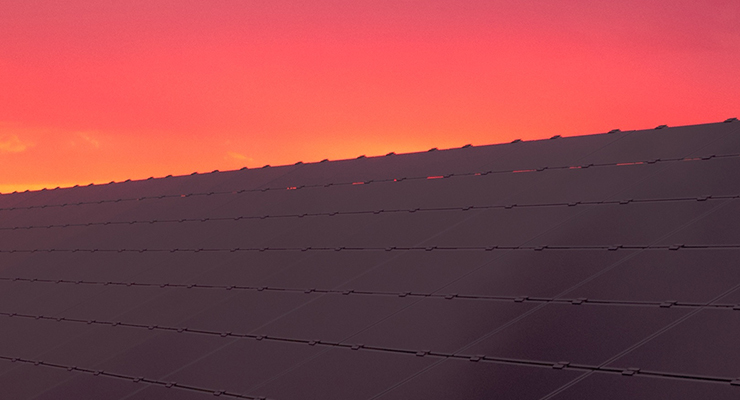When famed innovator Elon Musk purchased the USA-based SolarCity earlier this year, it was hardly his first notable foray into sustainable tech.
At the helm of electric automaker Tesla, Musk’s vision was what drove many Americans towards considering a fully electric motor for their next car – not only as a greener purchase, but a more stylish and quiet ride.
Now, Musk is hoping homeowners will consider making a similar choice for their rooftops.
“It’s a solar roof as opposed to a module on a roof,” Musk explained in an August Q2 earnings call with his investors.
“You don’t want to put solar panels on top of a roof you’re going to replace. However, if you are close — if your roof is nearing end-of-life — you’ve got to get a new roof anyway. There are 5 million new roofs a year just in the U.S. And so, why not have a solar roof that’s better in many others ways as well?”
Musk noted that while “solar shingle” technology does currently exist, it has largely been considered a “niche” product, without the mass appeal to make a major market impact.
How do solar shingles work?
The technical term for solar shingles is actually “building-integrated photovoltaic (PV) panels,” and the Canada Mortgage and Housing Corporation (CMHC) offers a well-rounded explanation in their Photovoltaic System Overview information page.
As Musk hinted, integrated PV panels are often installed in lieu of shingles, and are therefore considered to be a part of the building envelope. The CMHC points out that, while integrated panels are more expensive to install (on a $/watt basis) than more traditional “racked” panels, they allow the homeowner to save some money through bypassing traditional shingles.
In an effort to find out more about how integrated shingles perform in a real-life scenario, CMHC installed them at one of their Equilibrium demonstration homes, a detached single dubbed “Avalon Discovery 3” and located in Red Deer, Alberta. Even though the integrated panels don’t cover the roof in its entirety (the property features 244 34-watt roofing panels), the home is projected to generate 39.87 kilowatt-hours of electricity per square meter on an annual basis.
Are they available in Canada?
Building-integrated photovoltaic (BIPV) panels have been available in Canada since as early as 2012, when the National Research Council of Canada noted that they were frequently being installed atop large commercial retail properties, but had yet to be designed for residential roofs.
These days, however, a quick Google search for “solar shingles Canada” should yield a number of companies willing to offer this specialized installation service. If you do decide to contact one, it is crucial to know the safety guidelines before doing so. Per CMHC:
- Section 50 of the Canadian Electrical Code states that any PV installation must be conducted by a provincially certified electrician.
- Many electricians have their certification but do not have experience in designing solar energy systems. If you want to get the most performance out of your solar-equipped roof, it is best to seek the services of a company with a strong track record of installing solar projects.
- To ensure that your new system is compliant with the Electrical Code, it is recommended to have it inspected by the Electrical Safety Authority. Your local utility may require your system to pass additional requirements, so it is always a good idea to contact them before you start to design and implement any solar roofing.
As for Elon Musk’s vision of customized, American-made solar roofs? The product is not even accessible to residents of the USA yet, so Canadians may have to wait a few more years. (The Tesla Model 3, however, is already available for reservation north of the border.)




